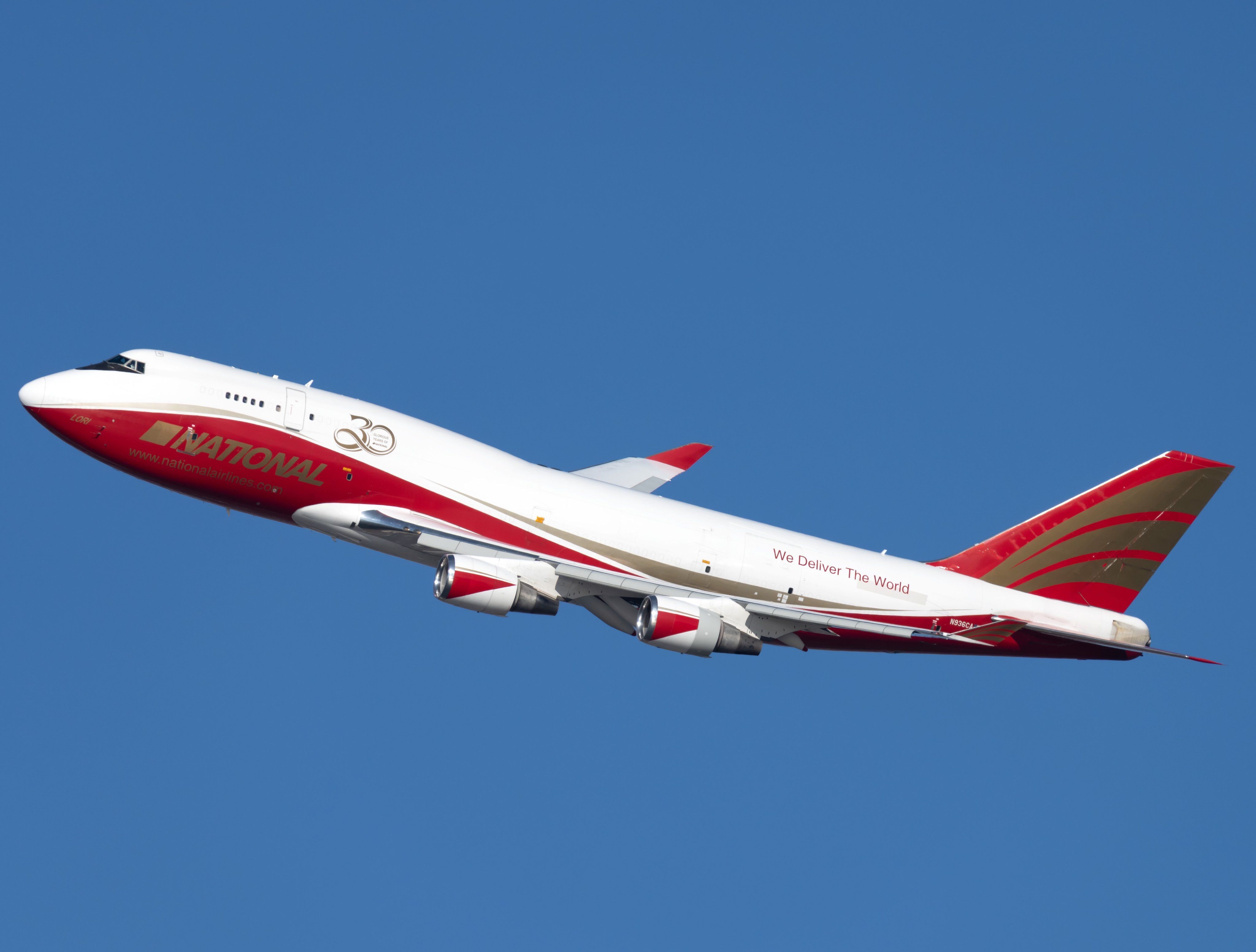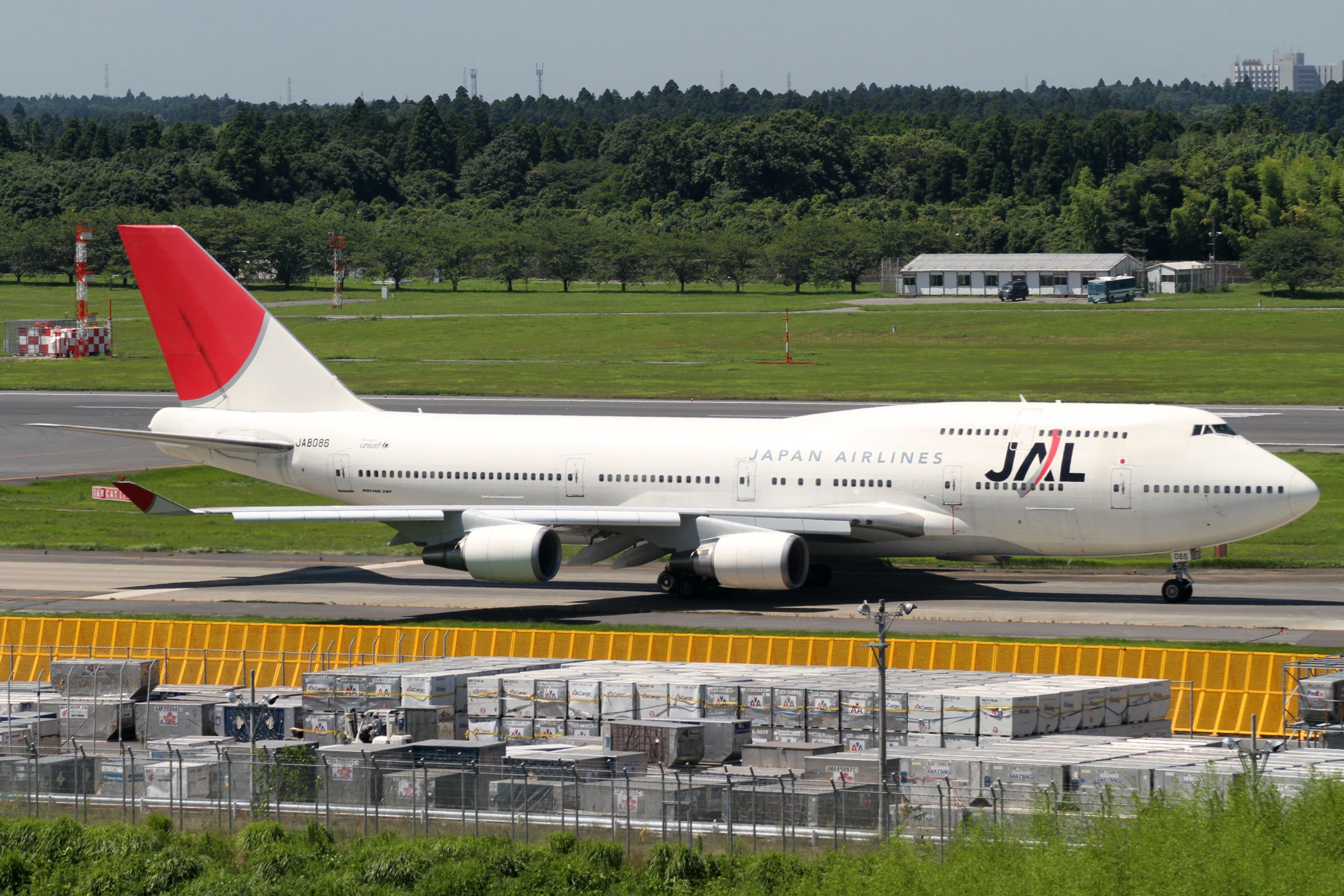On Friday, December 2nd, a National Airlines Boeing 747-400 freighter took off from Seoul's Incheon International Airport. It made the long flight journey, with a stop in between, before landing at Marechal Cunha Machado International Airport in Brazil the following day. Except this was no ordinary cargo flight, as the jumbo freighter was transporting a 15-tonne hybrid rocket.
A special type of cargo
Developed by South Korean space startup INNOSPACE, the hybrid rocket is known as HANBIT-TLV, a small satellite launcher powered by hybrid rocket engines. The first test flight of the HANBIT-TLV is scheduled for December at the Alcântara Launch Center in Brazil as part of an agreement between INNOSPACE and the Brazilian Department of Aerospace Science and Technology.
The agreement would eventually see HANBIT-TLV launching the SISNAV, an inertial navigation system project supported by the Financier of Studies and Projects of the Brazilian Government and the Brazilian Space Agency. The first suborbital test flight of HANBIT-TLV will carry the SISNAV payload and help verify that it operates well in specific environments such as vibration, shock, and variable temperatures.
However, transporting the 15-tonne HANBIT-TLV would be pretty challenging, as the single-stage rocket stood at approximately 16.3 meters. With a diameter of 1 meter and a weight of 9.2 tons, INNOSPACE needed to find an efficient way of ferrying such an enormous cargo shipment from South Korea to Brazil, so National Airlines came to mind.
Get all the latest aviation news right here on Simple Flying!
The freighter that flew the journey
National Airlines flight N8 991 departed from Incheon International Airport at approximately 04:24Z and made its only stop by landing at Dubai World Central International Airport at approximately 06:29Z. After that, N8 891 made the long flight from Dubai to São Luís as it landed at Marechal Airport at approximately 19:45Z. Operating the flight was one of National Airlines' Boeing 747-400BCFs, registered as N936CA and nicknamed 'Lori.'
But before flying for National Airlines, the freighter had quite a long history as it was first rolled off the production line as a commercial passenger aircraft for Japan Airlines in November 1991. The aircraft's first registration was JA8086, initially configured to seat around 384 passengers in two cabin classes. However, the aircraft was withdrawn from use in September 2010 and was handed over to AerSale Incorporated the following month under registration N238AS.
The aircraft lessor stored the jumbo jet at Roswell Industrial Air Center from October 2010 to December 2011, where it underwent freighter conversion. Subsequently, the newly converted freighter was re-registered as N492EV when it was leased out to Evergreen International Airlines from February 2012 until December 2013. AerSale Incorporated then stored the freighter at Victorville Southern California Logistics before leasing it out again to Global SuperTanker Services under the registration N744ST.
Unfortunately, the Boeing freighter was withdrawn from use in November 2020. After being stored at Moses Lake Grant County International for several months, AerSale Incorporated leased the freighter to National Airlines in July 2021 under registration N936CA. The freighter has remained with the cargo carrier ever since, although it is one of the fleet's oldest Boeing 747-400 freighters.
Bottom line
When there is typically a mention of a Boeing 747 and a rocket, the first thought that comes to mind is usually Virgin Orbit's LauncherOne and Cosmic Girl. It's not every day that cargo carriers such as National Airlines get to transport such particular shipments in the belly of its Boeing 747 freighters, so flight N8 891 on December 2nd was indeed a remarkable achievement for the airline. It was also an equally impressive achievement for the aircraft, as there certainly seems like there is almost nothing the Boeing 747 cannot transport.
Source: Portugal Posts English


